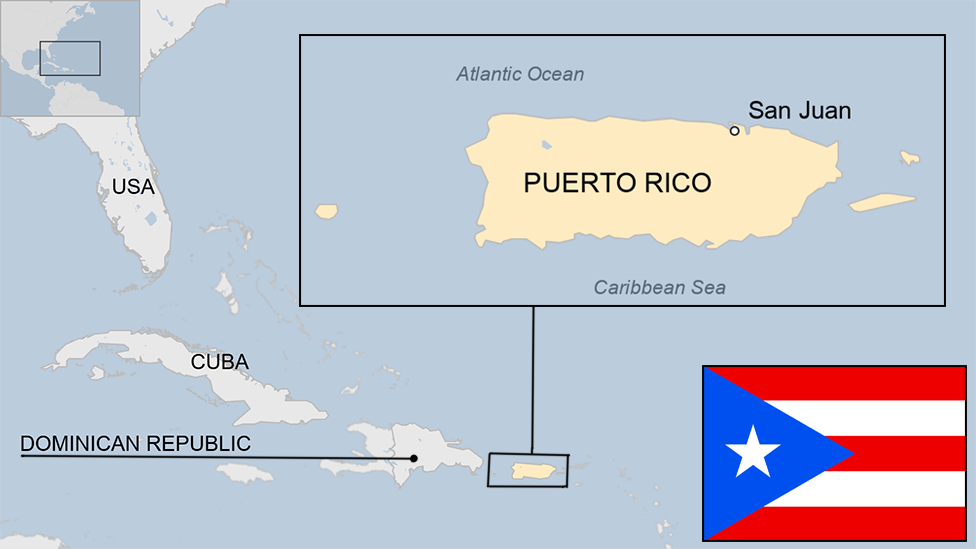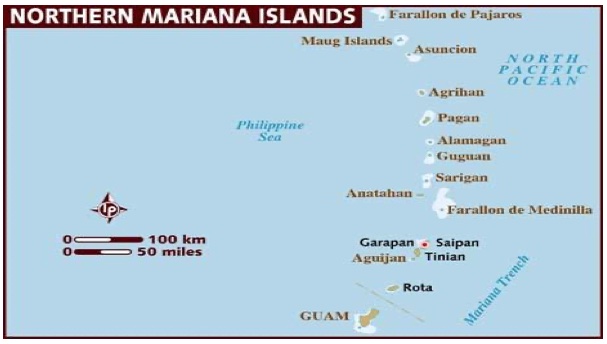In addition to its 50 states, the United States also comprises several overseas territories, each with its own distinct geography, culture, and time zone. Many of the territories are located throughout the Caribbean and the Pacific Ocean; also, they are on separate clocks from the continental U.S. Because many of the territories do not ally with Daylight Saving Time (and a few of them are so far away that they sit a full day earlier or later than the continental U.S.)
These time zone differences are important for any travelers, businesses, or other groups that will need to coordinate activities across time zones. All territories range from Puerto Rico and the U.S. Virgin Islands in the Atlantic to Guam and American Samoa in the Pacific Ocean, making all of them a fascinating, complete context of the global reach of the government of the USA.
Check Out: What are the U.S. Time Zones? List of 6 U.S. Time Zones Explained
List of U.S. Territories with their own Time Zones
| Territory | Time Zone | UTC Offset | DST Observed? |
| Puerto Rico | Atlantic Standard Time | UTC -4 | No |
| U.S. Virgin Islands | Atlantic Standard Time | UTC -4 | No |
| American Samoa | Samoa Standard Time | UTC -11 | No |
| Guam | Chamorro Standard Time | UTC +10 | No |
| Northern Mariana Islands | Chamorro Standard Time | UTC +10 | No |
Puerto Rico and the U.S. Virgin Islands

Puerto Rico and the U.S. Virgin Islands are both located in the Atlantic Standard Time zone (AST), which is four hours behind Coordinated Universal Time (UTC-4). Like most of the mainland United States, they do not observe Daylight Saving Time.
Even though it is summer, these locations remain an hour ahead of the U.S. East Coast, which observes Eastern Daylight Time (UTC-4).
Their reasoning for avoiding time changes is, of course, that making a time change between day and night locally is simpler than making time schedules with the mainland. They live in the Caribbean (after all), so their time and seasons are more similar to their neighboring island nations than to the contiguous U.S.
American Samoa

American Samoa, located in the South Pacific southeast of independent Samoa, operates on Samoa Standard Time (SST), which is UTC-11. American Samoa is one of the last places on Earth where each calendar day begins.
Unlike the continental U.S., there is no Daylight Saving Time in American Samoa, so the time is consistent no matter what time of year it is.
Because of the South Pacific location of American Samoa, which comprises many islands and is quite a distance from the U.S. mainland (up to six hours behind Eastern Standard Time, and longer when Daylight Saving Time is implemented), will have an impact as it relates to communication, travel, planning trips, and working with the mainland as well as the regions around it.
Guam and the Northern Mariana Islands

Guam and the Northern Mariana Islands are in Chamorro Standard Time, UTC+10 or ChST. Located in the western Pacific Ocean, Guam and the Northern Mariana Islands are the first jurisdictions in the United States to experience each new calendar date.
These U.S. territories do not use Daylight Saving Time; thus, their time zones are stable throughout the year. Due to their geographic position, Guam and the Northern Mariana Islands are effectively UTC+14 to 15 with respect to the U.S. East Coast, depending on the period of the year.
The time distance presents a challenge for coordination and communications with Guamanian and Northern Mariana Islands government, military, and business operations in the mainland United States, even though the remoteness of these territories is strategically important.
Comments
All Comments (0)
Join the conversation